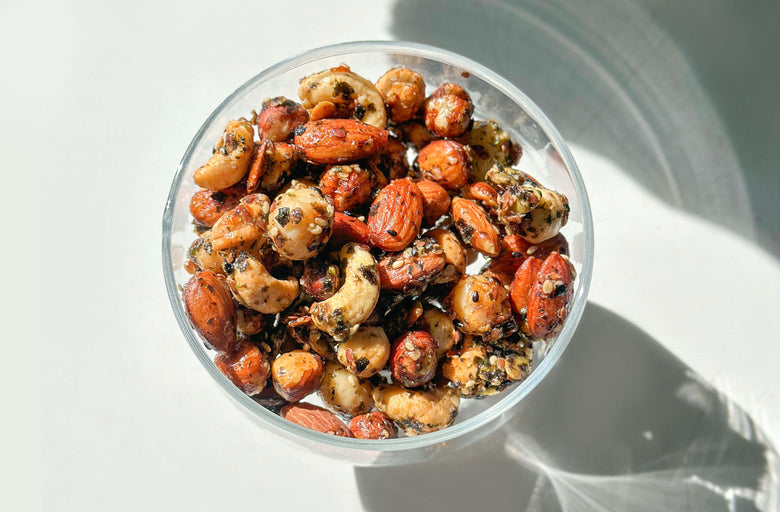Jivamukti, Bikram, Yin, Vinyasa, Ashtanga, Hatha.
The yoga world can be quite intimidating. Regardless if you know the difference between upward and downward facing dog, there are endless opportunities offered to explore this ancient practice. With heaps of physical options, varying temperatures of rooms, chanting, meditations, and playlists ranging from wind chimes to techno beats, choosing a class can be a bit daunting, no matter how experienced of a yogi you are.
What is the core reason behind you seeking out a yoga class?
If flexibility or squeezing in a workout is your purpose, then you may be drawn to yoga for the physical benefits rather than the emotional. And that’s totally rad!
Although the asanas (aka the physical postures) are just exercise if you remove the breath or spiritual aspect, they do serve as one of the initial drivings for most of us to get started in the practice. Although this may initially spark your interest in yoga, I can almost guarantee the spiritual/emotional aspect will creep up on you when you least expect it. Taken from experience.
Here’s a breakdown of some of the more common practices and their relation to the physicality of yoga.
Hatha: incorporates asana (physical posture), pranayama (breath), and dhyana (meditation) with a goal of inflicting awakening in both mind + body. Typically a slower-paced practice, which may serve as a better choice for beginners.
Vinyasa or Ashtanga: sometimes used interchangeably, both are strongly focused on the asana. Traditional Ashtanga follows a strict pattern of specific poses / sequences and is relatively demanding on the body. Vinyasa incorporates many of the same poses from Ashtanga, though it is more focused on linking movement with breath. Also termed “flow yoga,” as its cued at a quicker pace as if you’re moving to a rhythm. If you’re looking for a sweaty practice and to get your heart rate up, these babes are all you. Some vinyasa classes are even offered heated (usually 85-95 degrees F), which can help you get deeper into the poses and feel rejuvenated after!
Bikram: coined “hot yoga,” Bikram is that class where you’re looking to sweat your a** off. Classes are heated to 104 degrees F with 40% humidity. For those of you who like consistency, each class is composed of 26 postures to move through, so it’s always the same. Although you may feel ‘detoxed’ afterwords from all that sweating, if you’re looking for more physical intensity/movement, I say go for Vinyasa.
Yin: known to be super meditative, yin is comprised of holding poses for an extended period of time (running from a few minutes and upwards to 20) which taps into the connective tissue. This practice is extremely beneficial if you need to release overworked muscles/joints, and since you’re holding for an extended period of time, it allows you the time to sit with your thoughts (for better or for worse).
Iyengar: deals with the intense subtleties of each posture. Poses within the class are typically held much longer with the use of props to get the exact alignment down.
Not too concerned over sweating it out? Are you looking to soul search?
Kudos to you! The initial purpose of yoga was to find spiritual enlightenment. The word “yoga” itself means “to yoke” or “union,” referencing the innate way the body and mind link together to create a deeper understanding of oneself. Give these types a try if you are looking for a more meditative and thought-provoking purpose to class.
Kundalini: With the use of asana, dynamic breathing techniques, and chanting / meditating on mantras such as “Sat Nam” (meaning “I am truth”), practitioners of kundalini can expect an awakening of energy through the chakras.
Jivamukti: With a vinyasa flare, Jivamukti provides you with a breath focused flow that incorporates chanting, meditations, readings, and spiritual affirmations to get your third eye glowing.
Gentle or Restorative: a super chill, mellow practice that utilizes props to help the practitioner sink into a greater state of relaxation and meditation. Classes may be taught in dimly lit areas where the teacher may guide you through visualizations or meditations. Get ready for an incredible slumber after.
K, got it. But what if I’ve never done yoga before?
Taking a class for the first time? No frets! Find a studio / practice that appeals to your interests first, then seek out one of their beginner’s classes. I find that by starting with what initially sparks your interest, you’ll be more apt to capture the transcendental nature of the practice sooner— in turn unraveling your mat moreover.
Cheers + Namaste.






